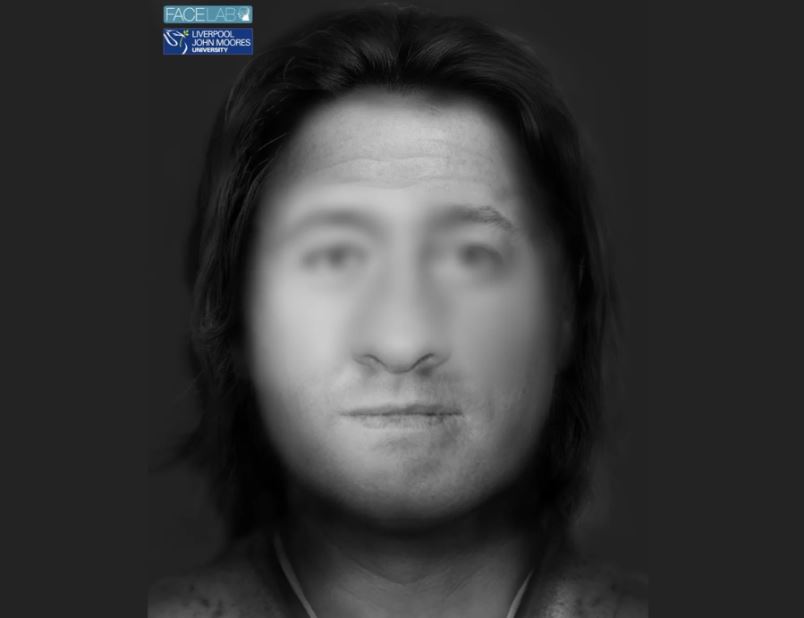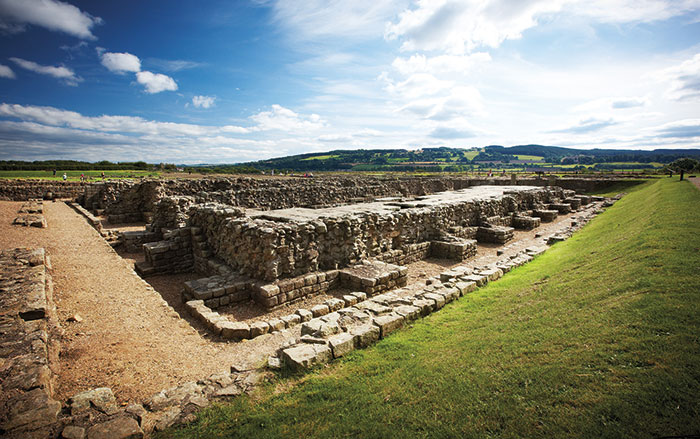
LIVERPOOL, ENGLAND—Forensic experts at Liverpool John Moores University’s Face Lab reconstructed the countenance of a man thought to have lived in England’s East Midlands some 4,500 years ago, according to a report in Live Science. The man’s remains were recovered from Derbyshire’s Liff’s Low bowl barrow during excavations in the 1930s and the 1980s, and have been housed at the Buxton Museum. He had been buried with a beaker-shaped pot and a stone pendant thought to have been worn as a necklace. Previous studies of the bones indicate that the man stood approximately five feet, seven inches tall, and died between the ages of 25 and 30. His cause of death is not known, but Claire Miles of the Buxton Museum said that a fracture in his left elbow had “healed poorly.” The Face Lab team scanned the surviving pieces of his skull with an Artec 3-D scanner and reassembled them digitally. The portions of the man’s face corresponding to the missing bones were produced from estimates based upon the surviving data, and appear blurred in the final image. To read in-depth about prehistoric Britain, go to "Neolithic Europe's Remote Heart."










